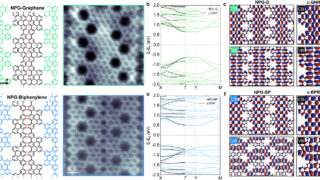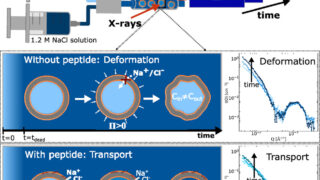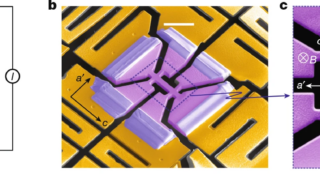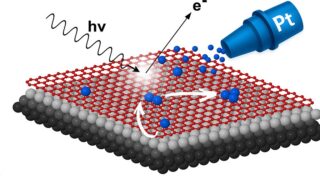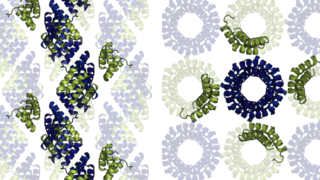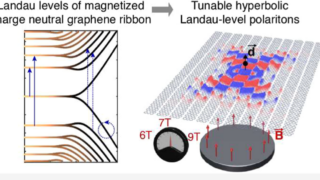
AI tools are being used to subject women in public life to online violence
Authors: Julie Posetti, Director of the Information Integrity Initiative, a project of TheNerve/Professor of Journalism, Chair of the Centre for Journalism and Democracy, City St George’s, University of London; Kaylee Williams, PhD Candidate, Journalism and Online Harm, Columbia University, and Lea Hellmueller, Associate Professor and Associate Dean of Research, City St George’s, University of London […]
